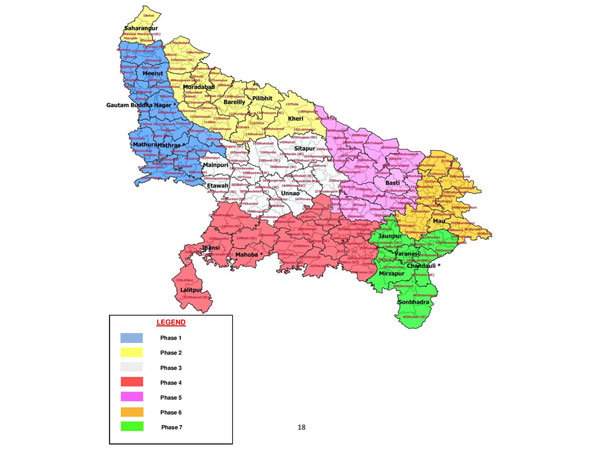Electorally, 2017 is billed as the year of the Uttar Pradesh (UP) legislative assembly elections, with commentators arguing that this is a crucial election for India’s ruling Bharatiya Janata Party (BJP) in India’s most populous state. True to its billing, as elections were announced on January 4, 2017, the theatrics continue in the Samajwadi Party (SP), which rules UP, over a father-son duel triggering a vertical split in the party.
The overwhelming narrative is that the 2017 UP state elections will be a harbinger for the general elections of 2019. The drama aside, the only result of the 2017 UP elections that should be surprising is a BJP loss.
In the 2014 Lok Sabha elections, the BJP won 71 parliament seats by winning 328 (81%) of 403 assembly segments. This was unprecedented in the recent history of UP elections. To put that in context, the last time a political party won more than 80% of all constituencies in UP was in 1977, when the Janata party won 80% of the seats in a post-emergency landslide

























